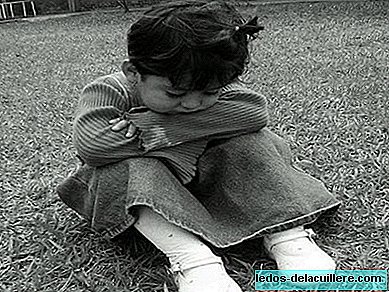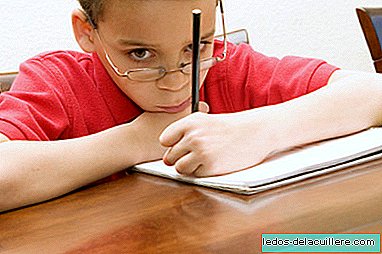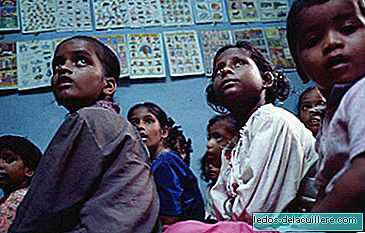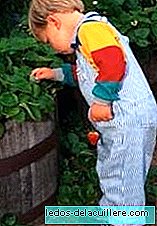
Having seen the family and environmental risk factors for childhood depression, as well as individual factors, we will now comment the main accompanying clinical symptoms in childhood depression.
Childhood depression does not usually occur in isolation as a single condition, but its association with other psychopathological entities and with various symptomatic combinations in its manifestations is more common.
In children under seven years of age, the most frequent presentation symptom is the anxiety. They also show irritability, frequent tantrums, unmotivated crying, somatic complaints (headaches, abdominal pains), loss of interest in habitual games, excessive tiredness or increased motor activity and abulia.
They may also present a failure to reach weight for their chronological age, psychomotor retardation or difficulty in emotional development.
In young children, major depressive disorder is frequently associated with anxiety disorders, school phobias and elimination disorders (encopresis, enuresis).
Recall that major depression is a mood disorder, consisting of a set of symptoms, among which predominate the affective type (pathological sadness, hopelessness, apathy, anhedonia, irritability, subjective feeling of discomfort) and symptoms of cognitive, volitional and physical type.
In short, one could speak of a global affectation of personal functioning, with special emphasis on the emotional field, to which we must be attentive and consult with specialists for the frequent difficulty in diagnosing childhood depression.












